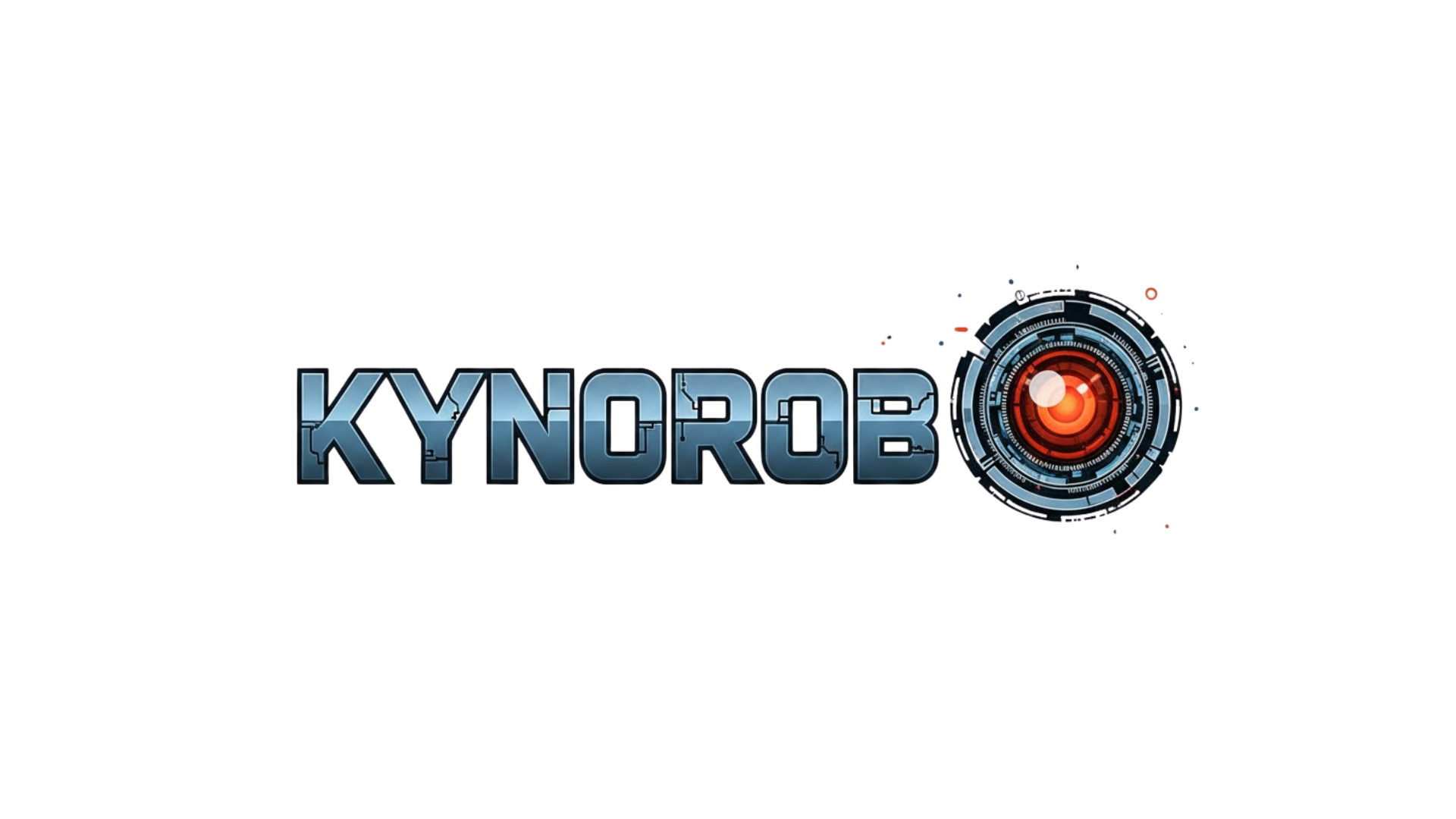Frequency medicine is emerging as a groundbreaking approach that could fundamentally transform how we prevent, diagnose, and treat diseases in the coming decades.
The healthcare industry stands at the precipice of a revolutionary shift. While conventional medicine has relied primarily on pharmaceutical interventions and surgical procedures, a new paradigm is emerging that harnesses the fundamental frequencies and vibrations inherent in all biological systems. This approach, known as frequency medicine or vibrational medicine, promises to offer targeted, non-invasive treatments with fewer side effects and greater personalization than ever before imagined.
As we delve into this fascinating frontier of medical science, we’ll explore how frequency medicine works, its historical foundations, current applications, and the promising future it holds for healthcare transformation. From quantum physics to cellular biology, from ancient healing practices to cutting-edge biotechnology, frequency medicine represents a convergence of knowledge that could redefine our understanding of health and healing.
🧬 Understanding the Science Behind Frequency Medicine
At its core, frequency medicine is based on the principle that every cell, tissue, and organ in the human body operates at specific electromagnetic frequencies. These frequencies can be measured, analyzed, and potentially influenced to promote healing and restore balance. This concept isn’t as far-fetched as it might initially seem—after all, standard medical technologies like electrocardiograms (ECG) and electroencephalograms (EEG) already measure the electrical activity of the heart and brain.
Modern quantum physics has revealed that matter and energy are fundamentally interchangeable, and that everything in the universe, including our bodies, vibrates at specific frequencies. When our body’s natural frequencies become disrupted due to stress, disease, toxins, or other factors, illness can result. Frequency medicine seeks to restore these optimal frequencies, allowing the body to heal itself more effectively.
The Bioelectric Nature of Human Cells
Every cell in the human body maintains an electrical potential across its membrane, typically around -70 millivolts in healthy cells. This bioelectric property is essential for cellular communication, nutrient transport, and overall function. Research has shown that diseased cells often exhibit altered electrical properties compared to healthy ones. Cancer cells, for instance, typically have a much lower membrane potential, sometimes as low as -15 millivolts.
This discovery has profound implications. If we can identify the specific frequency signatures of healthy versus diseased tissues, we might be able to develop targeted treatments that restore normal cellular function without the need for invasive procedures or toxic medications.
⚡ Historical Foundations and Modern Developments
The concept of using frequencies for healing isn’t entirely new. In the early 20th century, pioneering researchers like Nikola Tesla, Royal Raymond Rife, and Georges Lakhovsky explored the therapeutic applications of electromagnetic frequencies. Royal Rife, in particular, developed microscopes and frequency generators that he claimed could destroy pathogenic organisms by targeting their specific resonant frequencies.
While much of this early work was controversial and often dismissed by mainstream medicine, recent technological advances have allowed scientists to revisit these concepts with more sophisticated tools and rigorous scientific methods. Today, frequency medicine encompasses several established and emerging modalities, including pulsed electromagnetic field (PEMF) therapy, transcranial magnetic stimulation (TMS), ultrasound therapy, and biofield therapies.
FDA-Approved Frequency-Based Treatments
Several frequency-based therapies have already gained approval from regulatory bodies like the FDA. Transcranial magnetic stimulation, which uses magnetic fields to stimulate specific brain regions, has been approved for treating depression, migraines, and obsessive-compulsive disorder. PEMF therapy is approved for bone healing and has shown promise for treating various pain conditions and inflammatory disorders.
These successes demonstrate that frequency medicine isn’t pseudoscience—it’s an evolving field with growing evidence supporting its efficacy for specific conditions.
🏥 Current Applications Transforming Patient Care
Today’s frequency medicine applications span a remarkable range of health conditions. From pain management to mental health, from wound healing to cancer treatment, researchers are discovering new therapeutic applications at an accelerating pace.
Pain Management Without Pharmaceuticals
One of the most promising areas for frequency medicine is pain management. Chronic pain affects millions of people worldwide, and traditional treatments often involve opioids and other medications with significant side effects and addiction potential. Frequency-based approaches offer a compelling alternative.
PEMF therapy has demonstrated effectiveness in reducing both acute and chronic pain conditions, including arthritis, fibromyalgia, and neuropathic pain. The therapy works by stimulating cellular repair processes, reducing inflammation, and modulating pain signals in the nervous system. Patients often report significant pain reduction without the cognitive impairment or dependency risks associated with pharmaceutical pain relievers.
Mental Health and Neurological Applications
The brain’s electrical nature makes it particularly amenable to frequency-based interventions. Transcranial magnetic stimulation has proven effective for treatment-resistant depression, with response rates comparable to or better than antidepressant medications in many studies. Unlike medications, which can take weeks to show effects, TMS often produces improvements within days or weeks of starting treatment.
Researchers are also exploring frequency medicine for treating anxiety disorders, PTSD, Alzheimer’s disease, and Parkinson’s disease. Early results suggest that targeted frequency interventions can help synchronize brain wave patterns, improve neural connectivity, and potentially slow neurodegenerative processes.
Accelerating Tissue Repair and Regeneration
Perhaps one of the most established applications of frequency medicine is in promoting tissue healing. Low-intensity pulsed ultrasound has been used for decades to accelerate bone fracture healing, and PEMF therapy is increasingly used to treat non-healing wounds, sports injuries, and post-surgical recovery.
These therapies work by stimulating cellular processes involved in tissue repair, including increased blood flow, enhanced nutrient delivery, reduced inflammation, and activation of stem cells. Athletes and surgical patients are increasingly turning to frequency-based therapies to shorten recovery times and optimize healing outcomes.
🔬 Cutting-Edge Research and Future Possibilities
While current applications are impressive, the most exciting aspects of frequency medicine lie in emerging research that could revolutionize how we approach some of medicine’s most challenging problems.
Precision Oncology Through Frequency Targeting
Cancer treatment represents one of the most promising frontiers for frequency medicine. Researchers are investigating whether specific frequencies can selectively destroy cancer cells while leaving healthy tissue unharmed. This approach, sometimes called “oncological frequency therapy,” is based on the observation that cancer cells have distinct electrical properties compared to normal cells.
Several research groups worldwide are developing devices that deliver tumor-specific frequencies, with early clinical trials showing encouraging results for certain cancer types. Unlike chemotherapy, which affects all rapidly dividing cells, frequency-based approaches could theoretically target only malignant cells, dramatically reducing side effects while improving outcomes.
Personalized Medicine Through Frequency Profiling
Imagine a future where your doctor could scan your body’s electromagnetic signature to detect disease before symptoms appear, then prescribe a personalized frequency treatment tailored to your unique bioelectric profile. This vision is becoming increasingly feasible as technology advances.
Researchers are developing sophisticated biofield imaging technologies that can map the body’s electromagnetic field in exquisite detail. These maps could potentially reveal energetic imbalances that precede structural disease, allowing for truly preventive medicine. Combined with artificial intelligence algorithms that can analyze these complex data patterns, we may soon have diagnostic tools far more sensitive than anything currently available.
📱 Technology Integration and Accessibility
One of the most exciting aspects of frequency medicine’s future is its potential democratization through technology. As devices become smaller, more sophisticated, and more affordable, frequency-based therapies could transition from specialized clinical settings to home-based applications.
Wearable Frequency Devices
The wearable technology revolution is extending into frequency medicine. Companies are developing wearable devices that can deliver therapeutic frequencies for various conditions, from sleep disorders to chronic pain. These devices use advanced biosensors to monitor the user’s physiological state and adjust frequency outputs accordingly, creating closed-loop therapeutic systems.
Some devices even incorporate smartphone connectivity, allowing users to track their progress, adjust treatment parameters, and share data with healthcare providers. This integration of frequency medicine with digital health platforms could make sophisticated treatments accessible to people who lack access to specialized medical centers.
Smartphone-Based Frequency Applications
Interestingly, smartphones themselves are becoming platforms for frequency-based wellness applications. While these apps shouldn’t replace medical treatment, they offer accessible tools for stress reduction, meditation enhancement, and general wellness support through sound frequencies and binaural beats.
⚖️ Challenges and Considerations
Despite its promise, frequency medicine faces several challenges that must be addressed for it to achieve mainstream acceptance and integration into healthcare systems.
Regulatory and Standardization Issues
One major challenge is the lack of standardization in frequency medicine protocols. Different researchers and clinicians may use varying frequencies, intensities, and treatment durations for the same condition, making it difficult to compare results and establish best practices. Regulatory bodies are working to develop frameworks for evaluating frequency-based therapies, but progress has been slow.
The FDA and other regulatory agencies require rigorous evidence of safety and efficacy before approving new treatments. While this protects patients, it also means that innovative frequency-based therapies may face lengthy approval processes. Balancing innovation with safety remains an ongoing challenge.
Scientific Skepticism and Evidence Gaps
Frequency medicine still faces skepticism from portions of the medical community, partly due to its historical association with unproven alternative medicine claims. Building a robust evidence base through well-designed clinical trials is essential for overcoming this skepticism and establishing frequency medicine as a legitimate therapeutic approach.
More research is needed to understand exactly how different frequencies affect biological systems at the molecular level. While we know that certain frequency interventions produce beneficial effects, the precise mechanisms often remain incompletely understood.
💡 The Integration of Frequency Medicine with Conventional Healthcare
The future of healthcare likely isn’t frequency medicine replacing conventional medicine, but rather the two approaches working synergistically. Frequency-based therapies could complement pharmaceutical and surgical interventions, potentially reducing medication requirements, accelerating recovery, and improving overall outcomes.
Progressive healthcare institutions are already beginning to integrate frequency medicine into their treatment protocols. Cancer centers are combining tumor-treating fields with chemotherapy, pain clinics are offering PEMF alongside conventional pain management, and psychiatric facilities are using TMS as part of comprehensive mental health treatment plans.
Training the Next Generation of Healthcare Providers
For frequency medicine to achieve its full potential, medical education must evolve. Future physicians, nurses, and other healthcare professionals need training in bioelectric medicine, understanding both its capabilities and limitations. Some medical schools are beginning to incorporate courses on electromagnetic medicine and biophysics into their curricula, preparing graduates for a healthcare landscape that embraces both molecular and energetic approaches to healing.
🌍 Global Impact and Healthcare Accessibility
One particularly exciting aspect of frequency medicine is its potential to improve healthcare accessibility in underserved regions. Frequency-based devices could be relatively inexpensive to manufacture and don’t require the cold storage, distribution networks, or prescription management systems that pharmaceuticals demand. This could make sophisticated treatments available in remote areas and developing countries where conventional medical infrastructure is limited.
Portable, battery-powered frequency devices could be used by community health workers to treat common conditions in areas without reliable electricity or medical facilities. This democratization of healthcare technology could help address global health disparities and improve outcomes for millions of underserved people worldwide.
🚀 Looking Toward the Horizon
The future of frequency medicine is bright and full of possibility. As our understanding of bioelectricity deepens, as technology becomes more sophisticated, and as clinical evidence accumulates, frequency-based approaches will likely become increasingly mainstream.
We may see the development of comprehensive frequency medicine protocols for conditions currently considered difficult to treat. Imagine frequency-based therapies that can reverse autoimmune conditions by resetting dysfunctional immune system frequencies, or treatments that can regenerate damaged organs by stimulating dormant stem cells with precisely calibrated electromagnetic fields.
The convergence of frequency medicine with other emerging technologies like nanotechnology, artificial intelligence, and biotechnology could create entirely new therapeutic possibilities we can barely imagine today. Nanoscale devices that can deliver frequencies directly to specific cells, AI systems that can predict optimal frequency protocols for individual patients, and bio-integrated sensors that continuously monitor and adjust our body’s electromagnetic balance—all of these innovations could emerge in the coming decades.

🎯 Empowering Patients in Their Healing Journey
Perhaps most importantly, frequency medicine has the potential to shift the paradigm from passive patients receiving treatments to active participants in their healing process. Many frequency-based therapies can be self-administered with proper training, giving people greater control over their health and reducing dependence on healthcare systems.
This empowerment extends beyond physical treatment to include preventive care and wellness optimization. By understanding and monitoring their body’s frequency patterns, individuals could identify potential health issues before they become serious and take proactive steps to maintain optimal health. This shift toward preventive, personalized, and patient-centered care represents not just a medical revolution, but a cultural one.
The journey of frequency medicine from fringe concept to mainstream healthcare solution is still unfolding. Challenges remain, questions need answering, and skepticism must be addressed through rigorous research. Yet the momentum is undeniable. With each successful clinical trial, each regulatory approval, and each patient whose life is improved through frequency-based treatment, we move closer to a healthcare system that recognizes and harnesses the fundamental energetic nature of life itself.
The future of healthcare is not about choosing between conventional and frequency medicine—it’s about integrating the best of both approaches to create a truly holistic, effective, and accessible system of healing. As we stand on the threshold of this new era, one thing is clear: frequency medicine has the potential to revolutionize healthcare in ways we’re only beginning to understand, offering hope for millions of people seeking safer, more effective treatments for conditions both common and rare.
Toni Santos is an energy-medicine researcher and subtle-science writer exploring how bio-fields, chakra systems, and frequency therapies shape healing and evolution. Through his investigations into sound medicine, field coherence and energetic design, Toni examines how the invisible dimensions of being become the foundation for presence, transformation and wholeness. Passionate about subtle anatomy, resonance and therapeutic frequency, Toni focuses on how vibration, field awareness and holistic design influence the human system. His work highlights the intersection of science, consciousness, and healing — guiding readers toward living in alignment, resonance and depth. Blending energy medicine, sound healing and field psychophysiology, Toni writes about the landscape of subtle reality — helping readers understand how they inhabit, interact with and expand their energetic fields. His work is a tribute to: The architecture of bio-fields and their role in human vitality The interplay of chakra science, frequency healing and conscious embodiment The vision of subtle medicine as coherent, embodied and whole Whether you are a practitioner, researcher or intuitive explorer, Toni Santos invites you to move into the field of possibility — one vibration, one center, one healing at a time.




